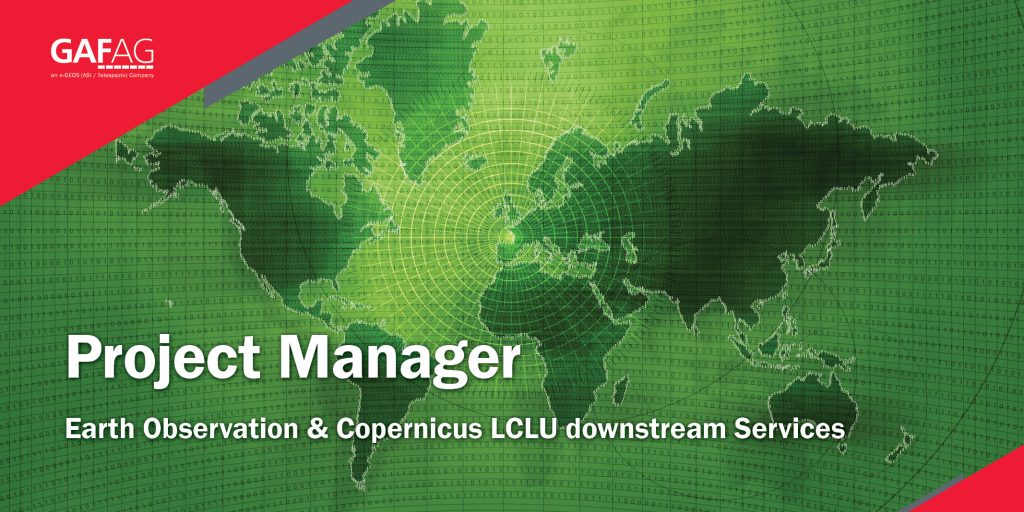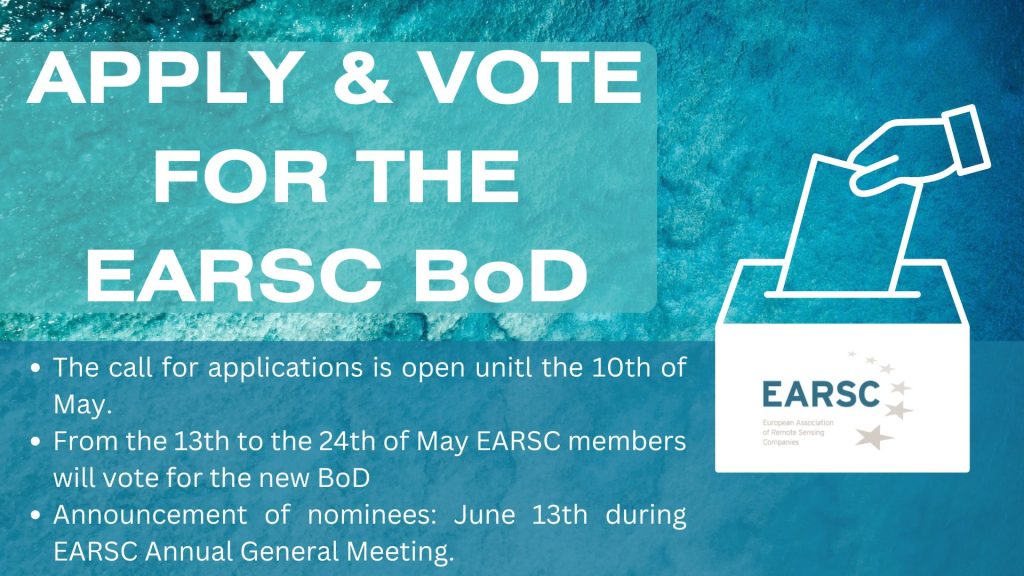
The voice of the Earth Observation
Industry
Barents bloom, Sentinel-2A - processed by ESA, CC BY-SA 3.0 IGO

Discover the largest European
Earth Observation Network
Lake Balkhash, Kazakhastan, Sentinel 2 - processed by ESA, CC BY-SA 3.0 IGO

EARSC promotes the understanding
of our Planet for societal benefits
Brussels, Spot 5 Sqtellite - Airbus Defence and Space
EARSC 4 Pillars
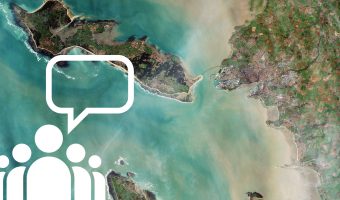
Representing the Members
The core pillar of our activities is to support and promote our members. We achieve this goal mainly through projects which we undertake (see projects). Members’ views are gathered through a series of ad-hoc working groups dedicated to important topics. We inform our members through a monthly report and a dedicated portal about important news and information, as announced bid opportunities – and dedicated e-mails for key items.
Read More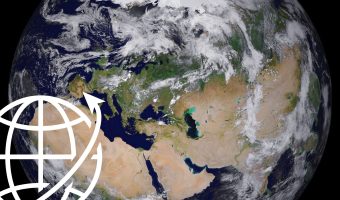
Market development & Internationalization
EARSC is engaged in a wide range of activities to develop new markets and business opportunities for our members. Our strategy is to engage users, identify needs and stimulate demand for European EO services both in Europe and abroad with complementary commercial and geographical approaches.
Read More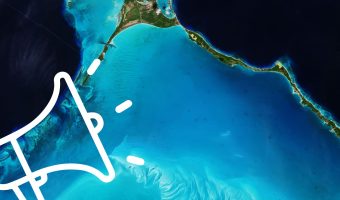
Promoting the industry
EARSC employs a range of sophisticated digital tools to promote the European EO sector. EARSC has three main digital tools which cover creating a shared vocabulary (EARSC TAXONOMY) , providing a common space to find EO companies, and a common space to discover ‘online’ EO services.
Read More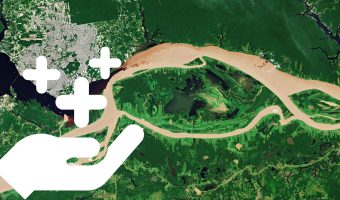
Showing the value of Earth Observation
The Earth observation sector delivers a wide range of social and environmental and economic benefits to citizens of Europe and the world. To properly and consistently value these impacts, EARSC leads the Sentinel Benefits Study (SeBS) project in which we measure the total societal impact of products and services coming from Sentinel satellite data.
Read MoreEARSC NEWS
Committee on the Peaceful Uses of Outer Space Concludes 48th Sess in Vienna
Agreement on Contribution to the 2005 World Summit Reached; Space and
Water Discussed VIENNA, 20 June (UN Information Service) -- During its
48th session, which was held in Vienna from 8 to 17 June, the United
Nations Committee on the Peaceful Uses of Outer Space (COPUOS) agreed
on a text that could be transmitted to the President of the United
Nations General Assembly by Member States of COPUOS for incorporation
into the draft outcome document of the 2005 World Summit, to be held
from 14 to 16 September 2005. Info extracted from Spaceref.
EU-US Summit promotes cooperation using civilian space-based technologies
On 20 June 2005, a summit between the European Union and the United States of America brought together the Prime Minister and current President of the European Council, Jean-Claude Juncker, Commission President Jos?à Manuel Barroso, and US President George W. Bush in Washington D.C. The leaders explored means to eliminate impediments to further economic integration and to develop a forward-looking strategy to enhance the EU-US economic partnership.
Further steps towards a European space policy
The second meeting of the Space Council ?±
concomitant meeting of the ESA Council at ministerial level and of the
European Union Competitiveness Council (Internal
Market/Industry/Research) ?± was held at the Kiem Conference Centre in
Luxembourg today. In consultation with private and public stakeholders,
the Space Council is working on the definition of a coherent space
policy and associated programmes, covering the activities of the EU,
ESA and their Member States. The objective is to endorse, at the third
Space Council meeting planned for November this year, a European space
policy and European space programme for the period to 2013.
Info extracted from ESA PR29-2005- 7 June 2005
Profile of the Seventh Framework Programme
"Building the European Research Area of knowledge for growth?Æ. This central theme is inspired directly by the stated desire to make the ?´Lisbon Strategy?? a success and to set out the ?¨growth triangle?Æ formed by research, education and innovation policy. The Commission??s proposal to establish the Seventh Framework Programme has been before the Council and European Parliament for examination since the beginning of April 2005.
Communication sketching aspects of the forthcoming European Space Policy
For the first time the document reveals the likely components of the
policy, namely: a strategy outlining objectives; a definition of the
roles and responsibilities of the main actors; a European Space
Programme identifying the priorities of the main actors; and a set of
implementing principles.
Info extracted at CORDIS
Summary of European Space Policy Communication – Preliminary Elements
The paper responds to the desire of EU and ESA Member States in the ?´Space Council?? to: Recognise and identify priorities of the European Space Programme, Identify the roles and responsibilities of the EU, ESA and other stakeholders as well as the relevant funding sources. Identify industrial policy principles and funding principles related to the
NERC to review ESA contributions
A consultation meeting to review achievements of NERC??s investments
into ESA??s environmental science programmes and future requirements for
EOEP-3
The Natural Environment Research Council is to hold a consultation
meeting on 27 June in London to review its spending on the European
Space Agency's environmental science programmes and future requirements
for the Earth Observation Envelope Programme. Info extracted from NERC
and ResearchResearch
Space: Research and Business Sector
(AGI) - Ancona, May 20 - The industry of the future cannot ignore space
as a business factor, as well as European countries cannot do otherwise
than overcome terrestrial frontiers to look for new strategies in
quality of life. This perspective implies consistent investments in
research and technology some do not want to face as the represent a
certain risk potential. These were topics discussed at Ancona
University during the conference of Italian university rectors,
covering all topics related to space activities in five sessions. After
Genoa and Naples the expert group arrived in Ancona to discuss "a
European space policy: new strategies for innovation and
competitiveness". Discussion was based on the seventh EU programme
waiting to be definitely approved by the European Parliament. Info
extracted from Agenzia Giornalistica Italia
Towards the new EU Research Framework Programme 2007-2013
Who? Janez Poto?nik, Member of the European Commission Responsible for Science and Research What? Commission’s proposal for the 7th EU Research Framework Programme 2007-2013 When? Thursday, 7 April 2005, press conference at 12:15 Where? European Commission press room, Berlaymont building, Rue de la Loi, 1040 Brussels The European Commission should adopt on 6 April 2005
European Programmes: Groung Segment Architecture for the GMES Satellites
EARSC welcomes two new Members, Logica CMG (United Kigdom) and Sener (Spain)
EARSC has the challenge to be a representative association at European level and a lobbying collective voice towards governments and data providers for a coherent and dynamic development of Earth Observation. The EARSC Board is glad to welcome LogicaCMG and Sener in our Association and we are certain that both Companies will contribute actively to
Earth Observation Industry Summit
The first Earth Observation Industry Symposium was held on February 2005 co organized by EARSC (European Association of Remote Sensing Companies) and EUROSPACE (Association of European Space Industry) under the umbrella of the European Union as a part of its first Earth and Space Week. The Summit was a success due to the active participation
EARSC Communication
Secretariat of EARSC recognise the importance offorthright
communication between all Members. In order to prosper and achieve
growth through the new Strategy of gathering Earth observation European
industry, a procedure of dynamic communication and networking is being developed.
EARSC Scope and Membership Procedure
EARSC vision The private sector is making a great effort to establish an Integrated Earth Observation system. EARSC main objective is to strengthen and to articulate Earth¬?s monitoring activities and to foster the role of Industry in this European effort and for those new challenges. EARSC provides information to Members on relevant EU initiatives and
EARSC Introduces New Corporate Image
Website EARSC has launched a new website. The site will feature an ongoing series of articles provided by Members. The idea is to make a renewed commitment to updating the site more frequently with Members the latest information. That is for Members will use the control management system to keep posted present Companies commentaries on
MEMBERS NEWS


